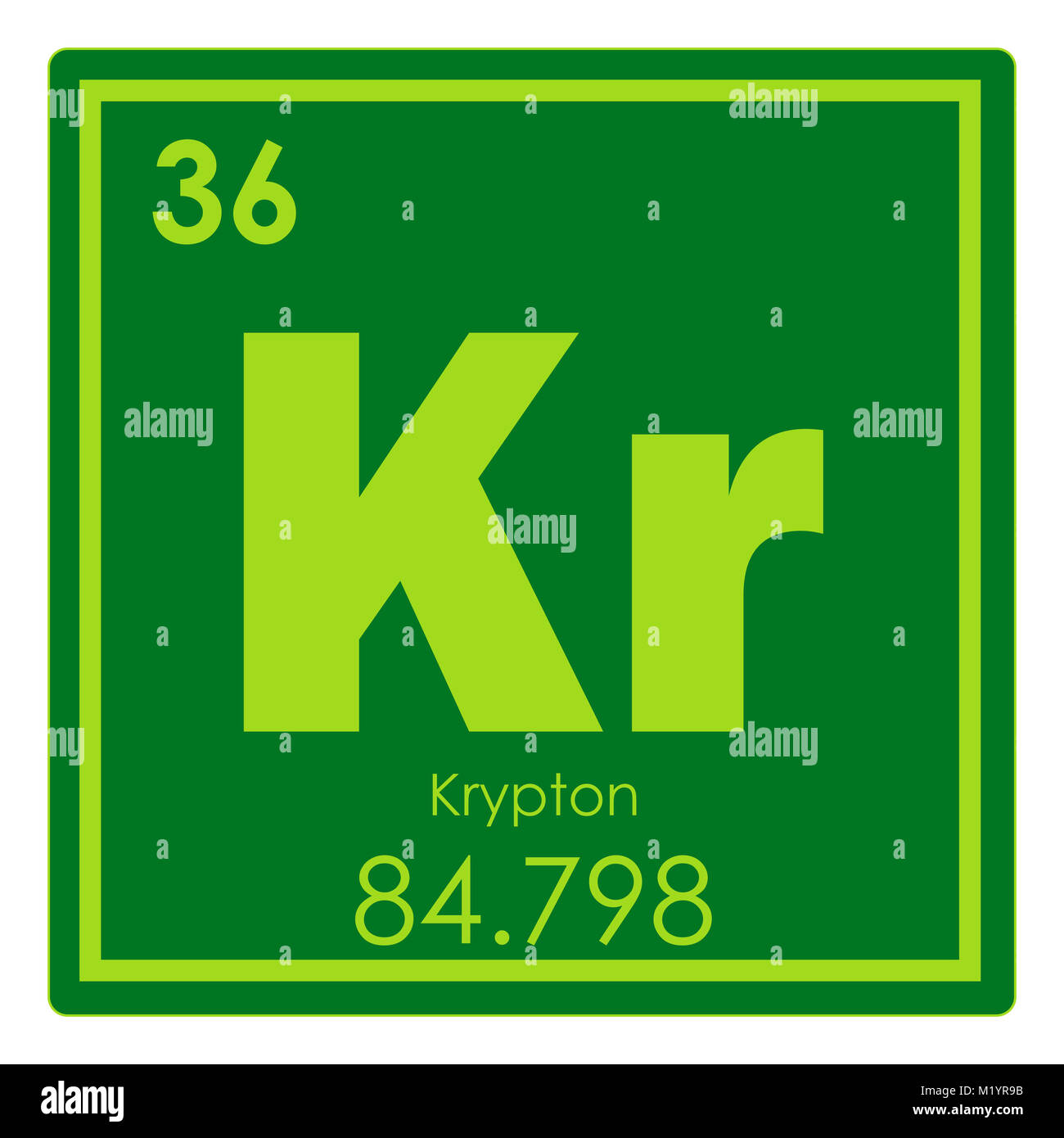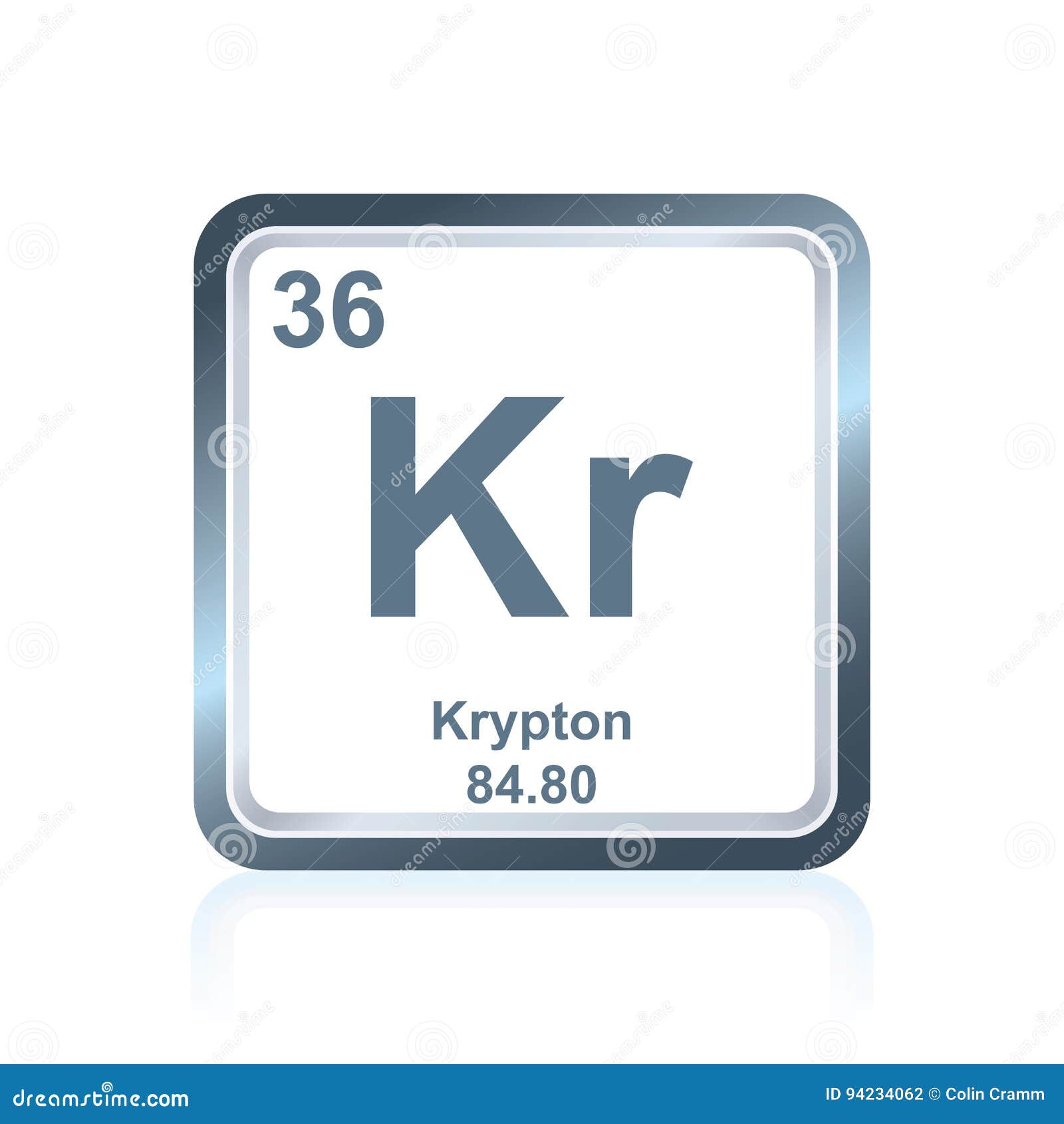

Although krypton does not generally form chemical compounds in the normal sense, gram quantities of krypton difluoride have been prepared and several other compounds have been reported. It is used to detect leaks in sealed containers, to excite phosphors in light sources with no external source of energy, and in medicine to detect abnormal heart openings. Krypton-85 (half-life about 10 years) is the most stable of the 17 radioactive isotopes known it makes up about 5% by volume of the krypton produced in the nuclear reactor. A mixture of stable and unstable isotopes of krypton is produced by slow neutron fission of uranium in nuclear reactors. Krypton is also used in tungsten-filament photographic projection lamps and in very high-powered electric arc lights used at airports. Fluorescent lamps are filled with a mixture of krypton and argon. Krypton is used to fill electric lamp bulbs and various electronic devices. It is produced commercially by fractional distillation of liquid air. Naturally occurring krypton is a mixture of six stable isotopes. It is a rare gas present in air at a concentration of about one part per million.

It is one of the so-called inert gases found in Group 18 of the periodic table. Krypton is a colorless, odorless, tasteless gas. −152.3☌ density 3.73 grams per liter at STP valence usually 0. On the other hand neon, the noble gas, immediately preceding it in the periodic table, requires 2081 kJ/mol or 21.56 eV/atom.Krypton krĭp´tŏn, gaseous chemical element symbol Kr at. Ionization energy increases across a row on the periodic maximum for the noble gases which have closed shells.įor example, sodium requires only 496 kJ/mol or 5.14 eV/atom to ionize it.Ionization energy is lowest for the alkali metals which have a single electron outside a closed shell.Therefore the electronegativity is greatest at the top-right of the periodic table and decreases toward the bottom-left. Elements with high ionization energies have high electronegativities due to the strong pull exerted by the positive nucleus on the negative electrons. Electrons with low ionization energies have low electronegativities because their nuclei do not exert a strong attractive force on electrons. Ionization energy is is related with electronegativity and electron affinity. In general, the ionization energy increases moving up a group and moving left to right across a period. Helps to understand reactivity of elements (especially metals, which lose electrons). For example, only 7.38 eV is required to remove the outermost electron from a lead atom, while 88,000 eV is required to remove the innermost electron. Some of these electrons are more tightly bound in the atom than others. The electrons that circle the nucleus move in fairly well-defined orbits. There is an ionization energy for each successive electron removed. The nth ionization energy refers to the amount of energy required to remove an electron from the species with a charge of ( n-1). The ionization energy associated with removal of the first electron is most commonly used. Where X is any atom or molecule capable of being ionized, X + is that atom or molecule with an electron removed (positive ion), and e − is the removed electron.Ī Krypton atom, for example, requires the following ionization energy to remove the outermost electron. Ionization energy, also called ionization potential, is the energy necessary to remove an electron from the neutral atom. First Ionization Energy of Krypton is 13.9996 eV.


 0 kommentar(er)
0 kommentar(er)
